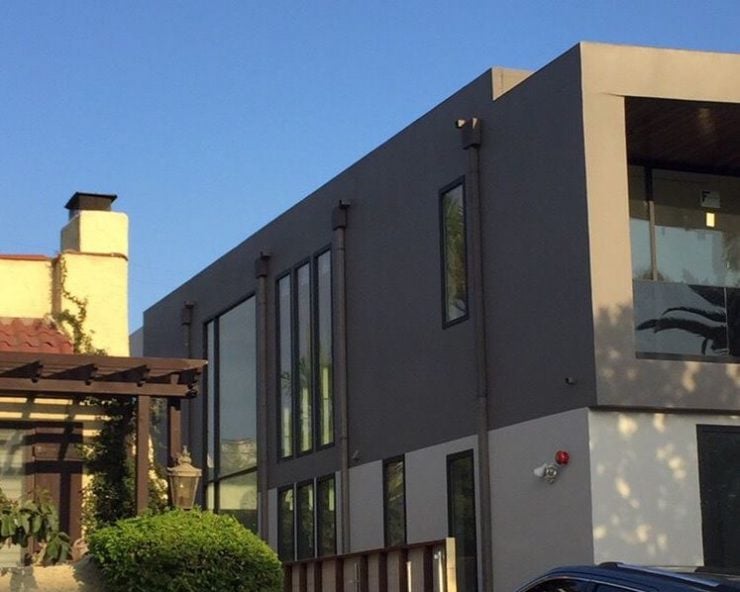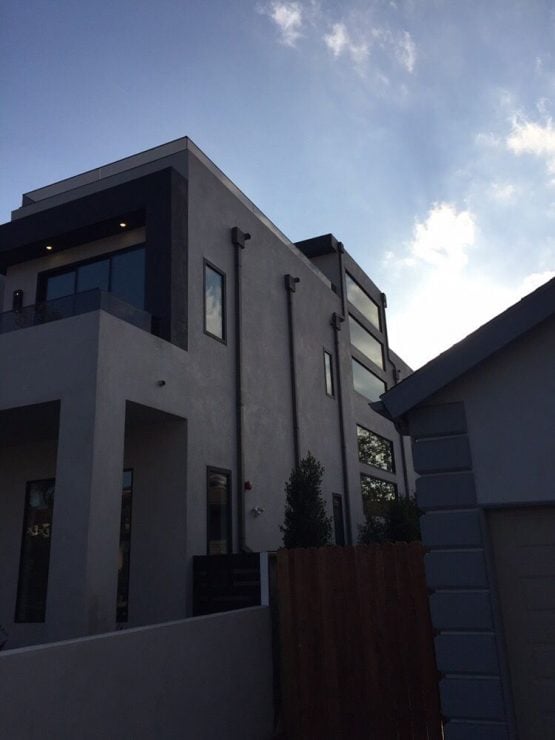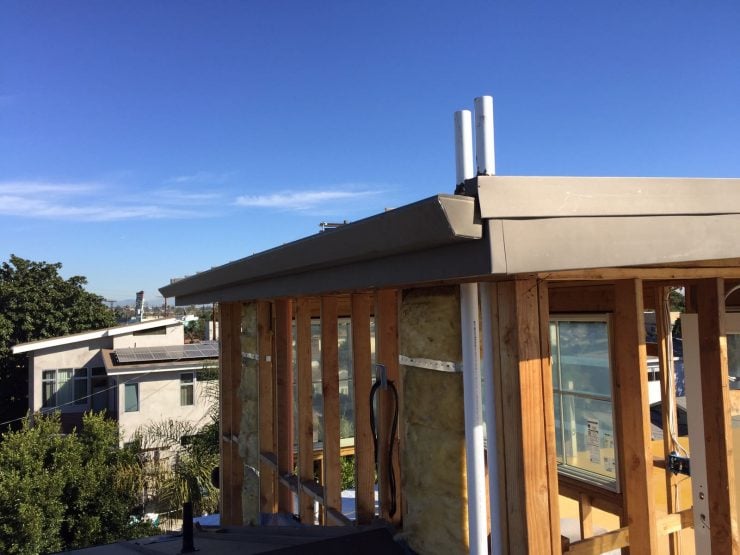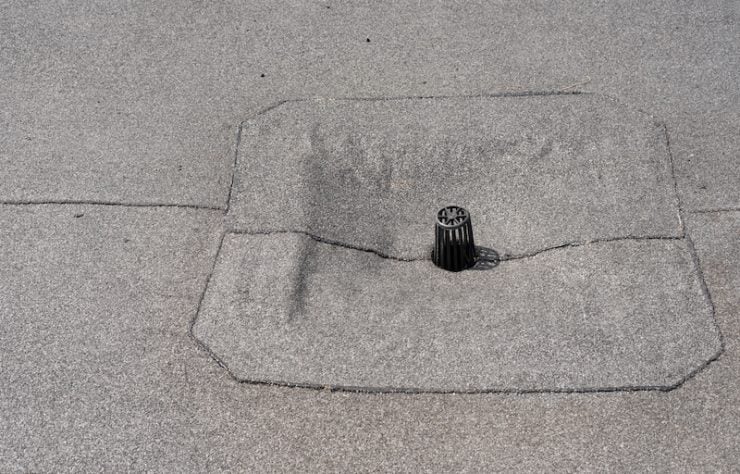 The majority of people are familiar with pitched roofs and the steep angles that define the typical home’s rooftop. Flat roofs are often associated with industrial buildings. However, flat roofs are more common than the layperson might believe. They have their own unique construction and drainage flows. Get familiar with flat-roof drainage choices so that any installation or repairs can be an educated decision.
The majority of people are familiar with pitched roofs and the steep angles that define the typical home’s rooftop. Flat roofs are often associated with industrial buildings. However, flat roofs are more common than the layperson might believe. They have their own unique construction and drainage flows. Get familiar with flat-roof drainage choices so that any installation or repairs can be an educated decision.
Understanding the Top Three Drainage Options
Typically, flat roof drainage systems fall into one of the following categories:
- Scuppers
- Internal Drains
- Gutters
Scupper drainage systems are characterized by chutes “cut out” of the parapet walls which extend above roof level. Typically, water is collected by an external leader head (catchment) that feeds into a downspout installed beneath the chutes. Similar to all other drainage systems, these serve to direct water further from the building structure into an area where ground drainage is possible.
Internal drains consist of one or more openings at low points on a rooftop which feed into an internal drainage system. Water moves from these drains (often at the center of the roof) and into an integral drainage system of pipes.
Gutters are often a viable option for flat roofs, directing water on the outside of the structure to downspouts. In reality, a flat roof isn’t fully level and flat roofs built for gutters should direct water to one or more sides where the gutters are installed. Gutters can also be installed to work in tandem with a scupper system.
What’s the Difference Between Flat and Pitched Roof Drainage?
Take one look at a pitched roof versus a flat roof, and the structural differences are quite obvious. Pitched roofs have peaks and valleys that direct water downward in very specific directions.
Flat roofs operate with the same basic principle but, of course, their lower angles mean that gravity isn’t quite as effective in shedding water rapidly. A light rain or drizzle, for example, remain remain on a flat roof for a short period of time. There must be some momentum for the water to move into the flat-roof drainage system. Furthermore, flat roofs with internal drainage are built to direct water to the central points of the structure with a concave shape – the opposite of a pitched roof.
Breaking Down the Pros and Cons of Flat-Roof Drains
Because there are so many drainage choices for flat roofs, making an intelligent choice about installation requires some research.
Scuppers

Advantages
Scuppers are simple to install from a professional’s perspective and rarely clog. Their simplicity also makes them a budget-friendly choice. You can get creative with the scuppers’ appearances by adding custom-built accents.
Drawbacks
The main drawback to scuppers involves poor installation. Roofers who insist on adding a downspout to the scupper are creating a bottleneck situation. Clogs will occur unless the scupper remains open as originally designed.
Gutters

Advantages
Gutter parts are easily installed on any flat roof. They can be further customized with extra brackets and mesh covers to prevent clogs.
Drawbacks
Yearly maintenance and possible decline are two problems that plague gutters. They must be periodically inspected and repaired.
Internal Drainage

Advantages
Inner-drain systems are covered by the rooftop itself so they’re aesthetically pleasing. You only see the main opening. The drains are durable in both hot and cold weather since they’re protected from the elements.
Drawbacks
Because the drain is completely enclosed, servicing it can be tricky and expensive. Preventing clogs with a rooftop strainer is paramount to a clear system.
Speak to roofing and drainage professionals about your structural concerns. Every building has a distinct shape with unique challenges. Reputable roofers can help consumers with their installation or repair questions. Flat roofs can last for many years with the proper drainage in place.
